Trilobite beetles are not prehistoric. They merely resemble the extinct trilobite and adopted the name due to the visual similarity. However, that didn’t stop some passionate photographers from calling it the “Jurassic bug” when they (we) first saw it in the wild!
This page consists of a personal checklist of all Trilobite Beetles (Platerodrilus sp.) that I’ve encountered over the years. Most are not identified, so any assistance on identification will be appreciated! Note that Duliticola is an obsolete junior synonym of Platerodrilus. Also, P. hoiseni is a junior synonym of P. ruficollis based on Masek & Bocak, 2014. The females in this genus remain in larval form and I don’t think I’ve seen the male before.
All photos are of live subjects shot in the field, with the dorsal view selected where available. Click on individual photos for larger views and views from other angles. As specimens were not collected, identifications were done purely based on photographs and may not be 100% accurate. Thanks to Alvin Wong for suggestions on some of the IDs.
This page will be updated regularly, please let me know if you spot any mistakes.
View my complete Flickr photo set: Platerodrilus – Trilobite Beetles.

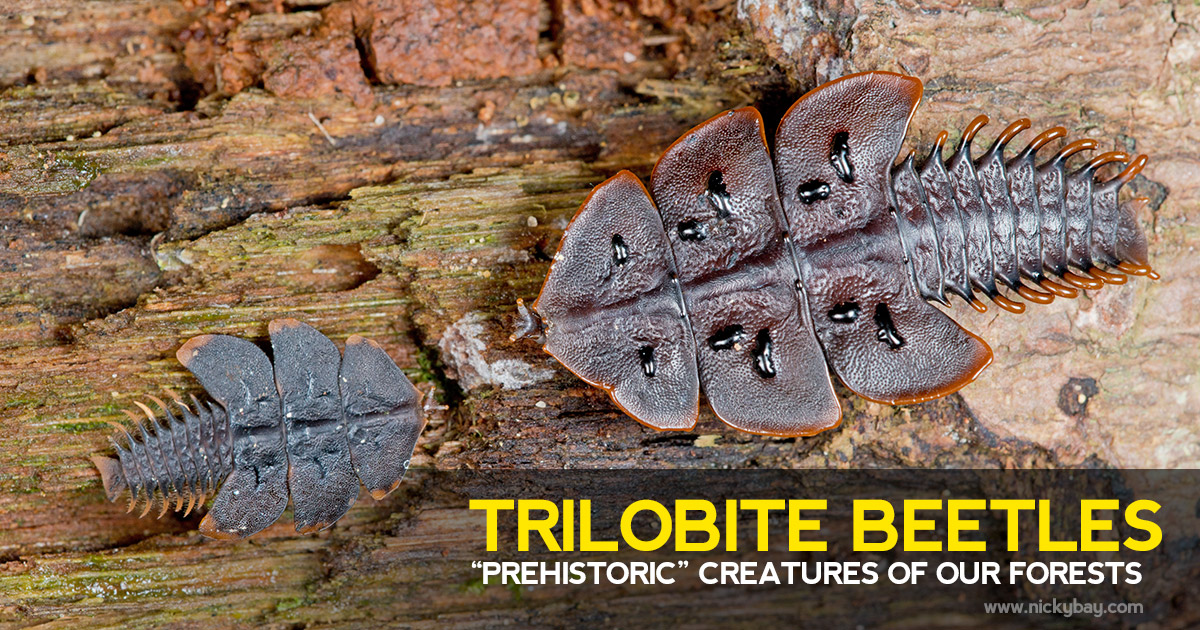
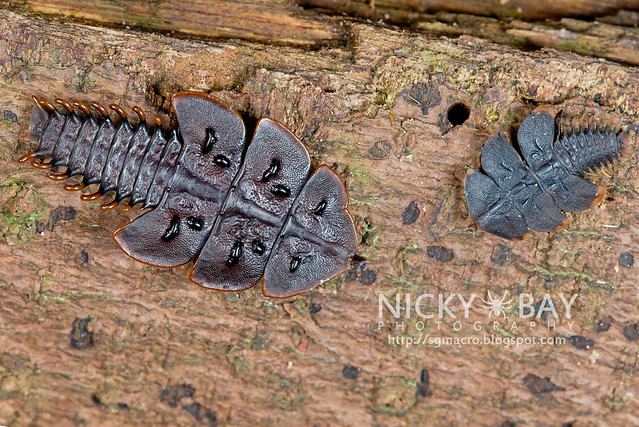

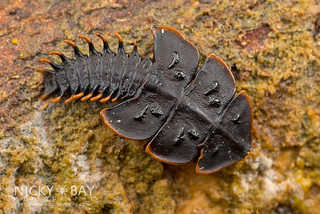
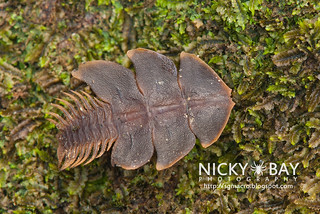
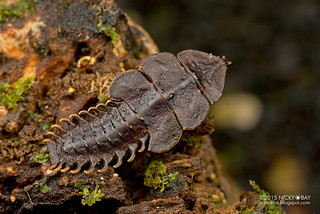

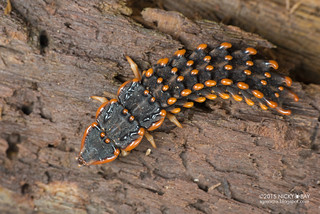
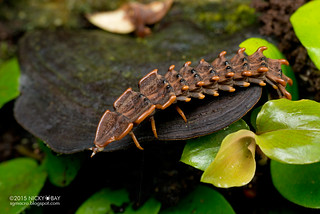

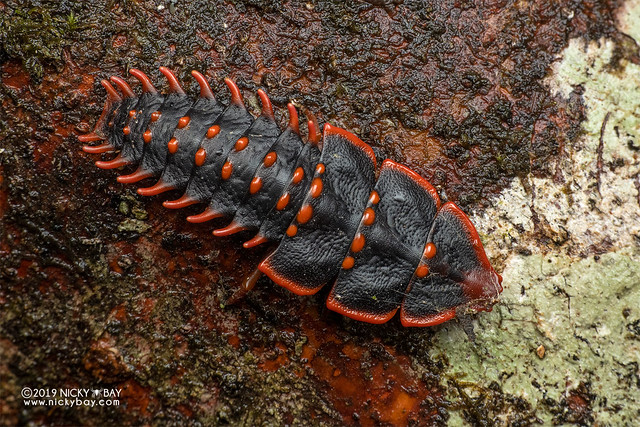
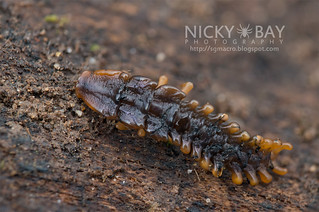

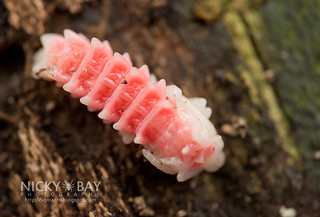
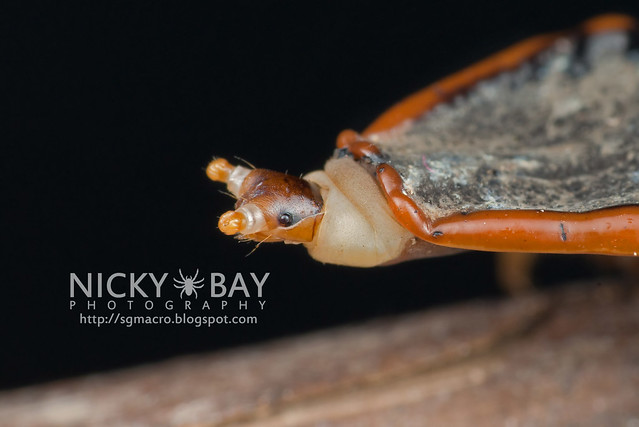
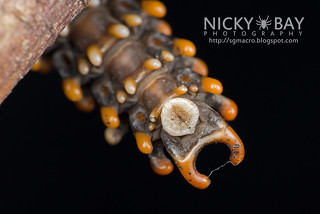
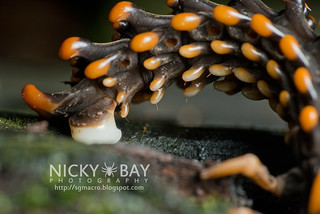
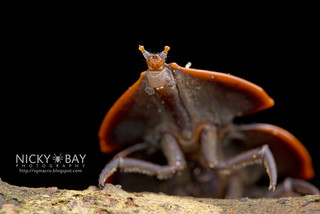
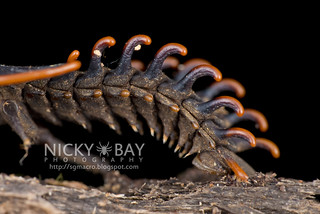
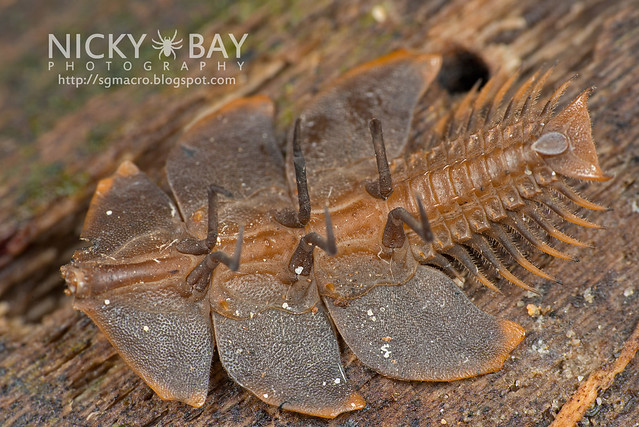


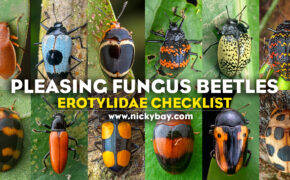
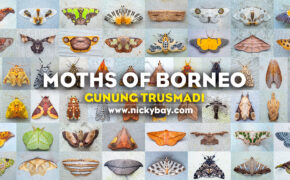
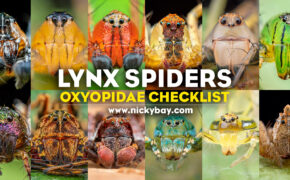











Luke Szwedziuk
Hi,
I am a huge fan of your work, both for its huge artistic and scientific value. I am a friend and colleague of Michael Geiser, at the Natural History Museum. I am currently a volunteer curator, however I am working on my own projects with the material in the museum, in particular the biogeography of Elateriformia and Cucujiformia. I mainly focus on Palearctic species, however, I have had projects on Namibian and Peruvian specimens. Your photograph titled Net-Winged Beetle larvae (Lycidae) DSC_7339, in the Flickr album 2014-03-08 Madai Track 15.5, of Lycid larvae are particularly interesting, might be the first time the family has ever recorded displaying any form of subsocial behaviour. Do you have any more field data regarding the other photographs i.e DSC_7331, DSC_7349 etc. To me it looked like they were feeding, do you have any ideas?
Best Wishes
Luke Szwedziuk
Nicky Bay
Hi Luke, thanks for leaving a note! I have no idea on the supposed sub-social behavior, but I guess it is similar to that of pentatomids where the nymphs (or larval forms in this case) tend to cluster together for safety in numbers until they reach a certain size.